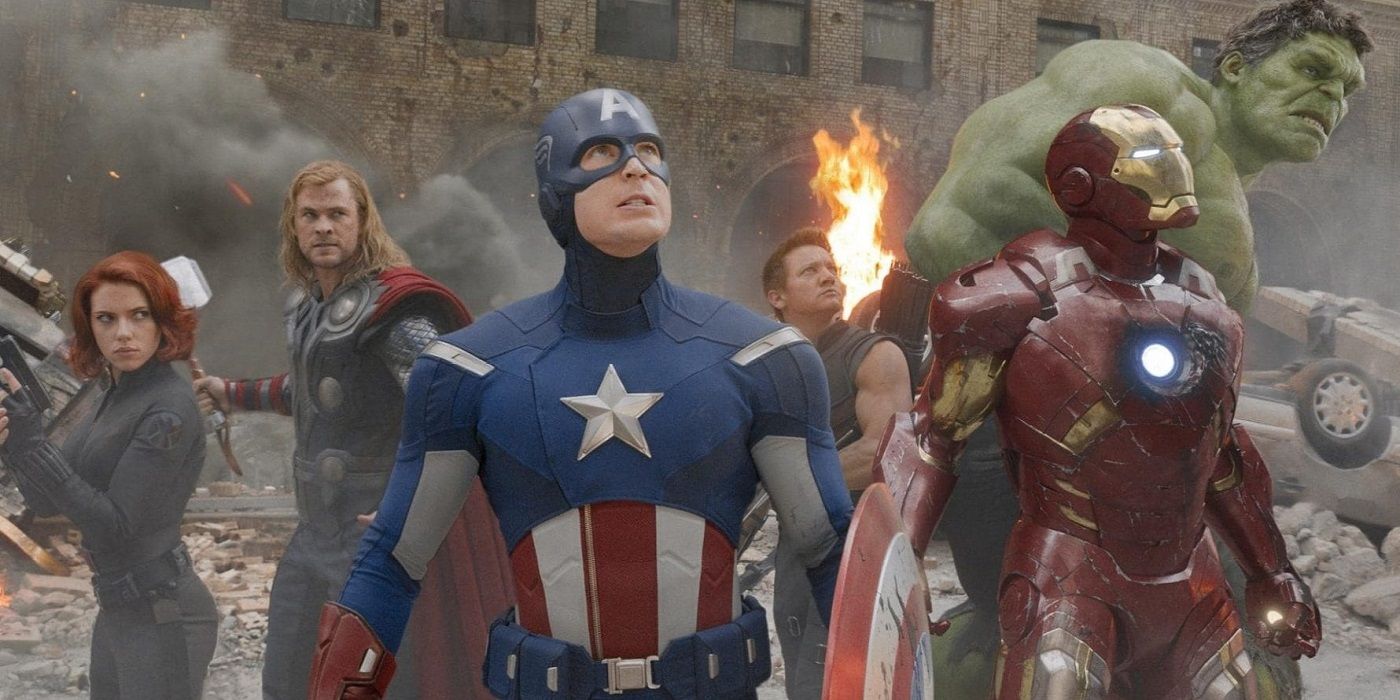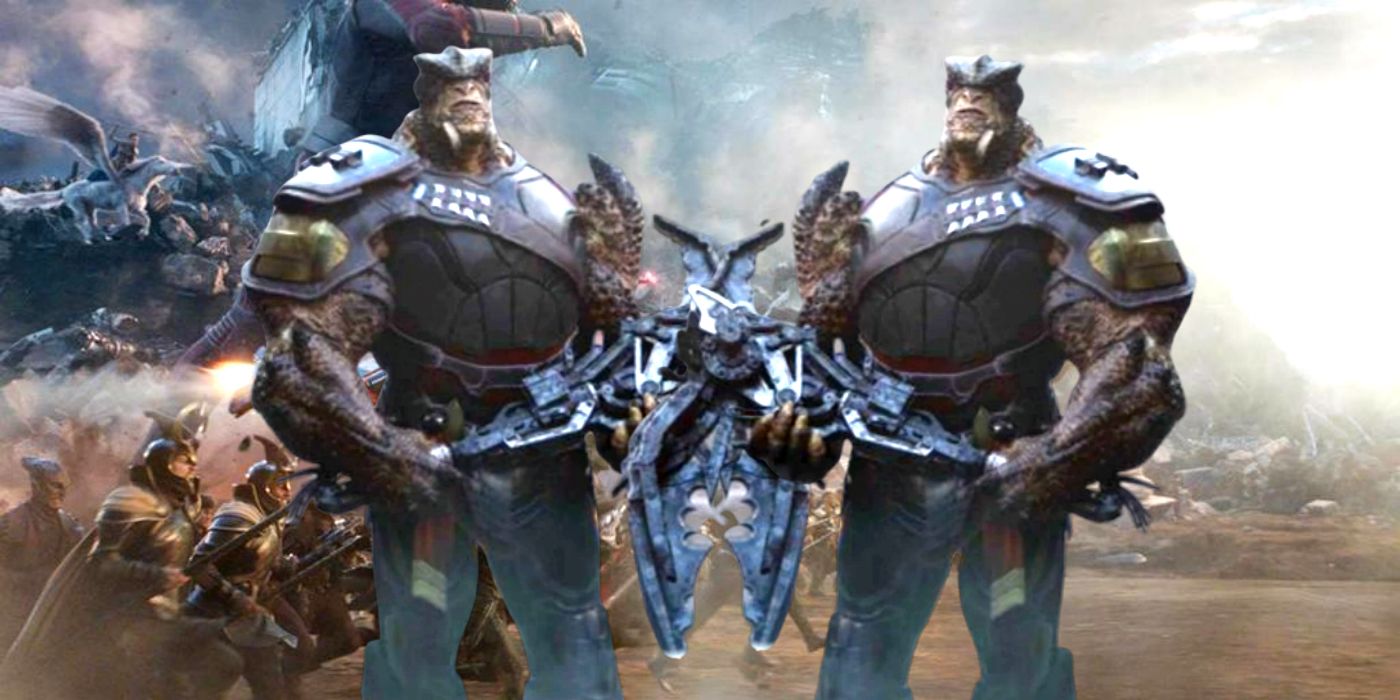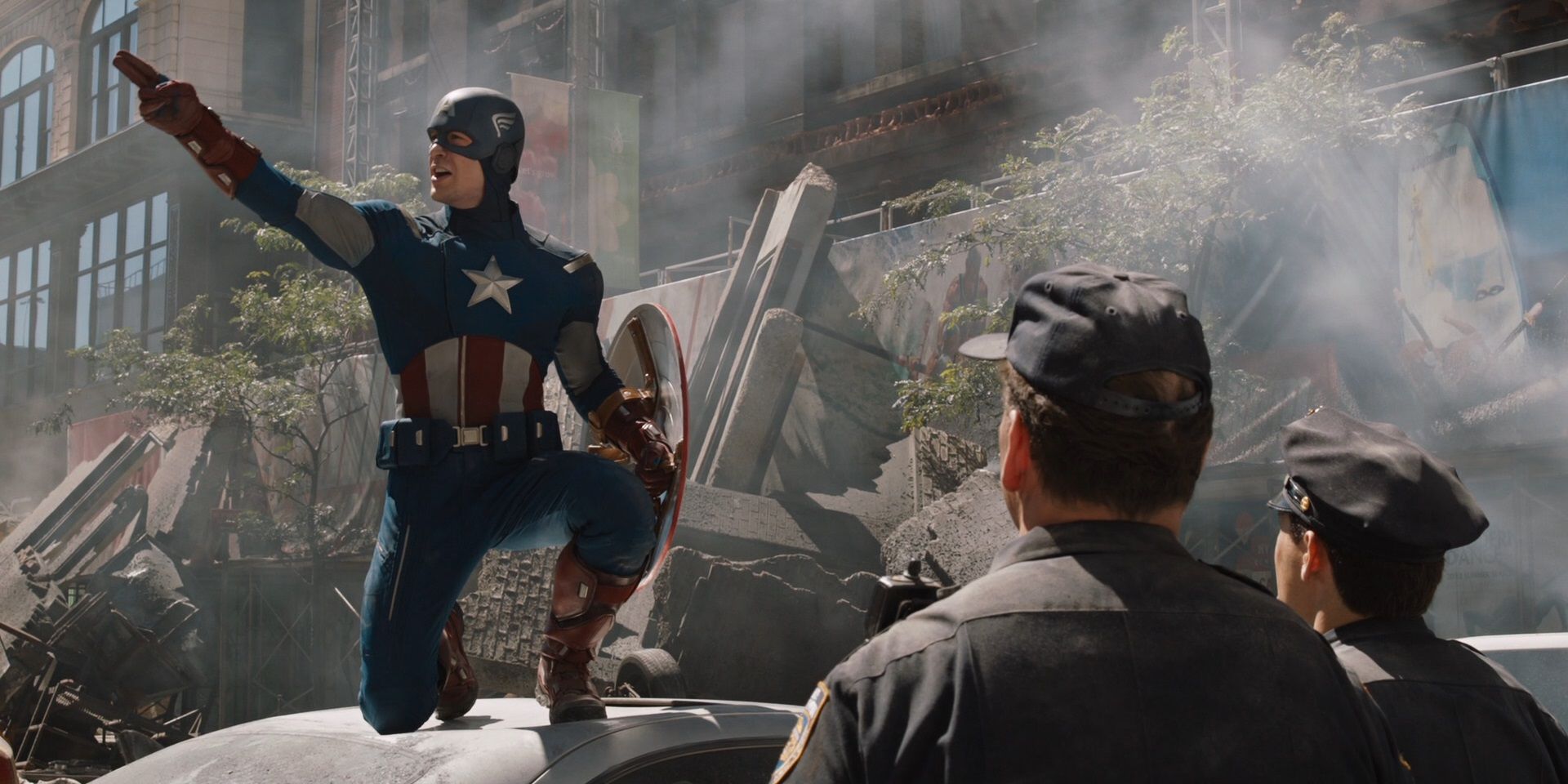
The Avengers' third act battle is better than Avengers: Endgame's. There will never be another movie like Avengers: Endgame, the culmination of a decade of blockbuster hits. The third act, in particular, is filled with crowd-pleasing moments that left audiences cheering.
The moment where Captain America wielded Mjolnir against Thanos, is now a famous all-time crowd pleasing moment, and just minutes later, the portals scene in which all Earth's heroes arrived to back-up Steve Rogers is a second all-time moment. Audiences had eagerly been waiting to see Captain America call out "Avengers assemble" since 2012, and the payoff was indescribably effective.
And yet, for all that's the case, Avengers: Endgame pales in comparison to 2012's The Avengers New York battle in many ways. No doubt that will be a controversial point, but it's true, as proven by a close look at the technical construction of the two battle scenes.

There's a sense in which this was inevitable, simply because The Avengers had a much more manageable roster of superheroes in play. In that film, there are just a handful of heroes - Captain America, Thor, Iron Man, Black Widow, Hawkeye, and the Hulk - and they each have a specific role in the battle. When the Avengers finally come together, Steve Rogers issues orders as a narrative frame for the next few minutes' worth of action, and it actually takes surprisingly long for the battle plan to devolve; Hawkeye runs out of arrows, Black Widow figures out how to close the portal, and Iron Man is sidetracked dealing with a wayward nuclear missile.
In contrast, as emotionally satisfying as Avengers: Endgame's portals scene may be, it assembles the mightiest team of heroes in the history of the MCU, and there's no way it can do them all justice. Matters were undoubtedly made worse during the editing process, which saw Marvel cut an entire "Battle in the Sky" to streamline the narrative. This would have presumably featured various airborne Avengers, including the likes of War Machine and the Ravagers, and it would have explained why the vast fleet of Chitauri Leviathans and battle sleds weren't causing more trouble for the heroes on the ground. Absent the Battle in the Sky, it's simply not possible to figure out what everybody is doing all the time.

Making matters worse, the sheer number of heroes and villains in play caused major problems for Marvel Studios and the various VFX teams that worked on the scene. Although they did their best to keep track of every single character, complications of the battle and editing changes made a number of continuity errors. The most amusing is a single shot featuring two Cul Obsidians, but it's far from the most egregious. Another notable stumble featured Ant-Man as he's shown in normal size attempting to repair the Quantum Van, while moments later, outside the van, Giant-Man is seen in the distance battling Thanos' forces.
In Avengers: Endgame the various heroes jump from place to place with remarkable speed, as dictated by their need to appear in crowd-pleasing scenes. This phenomenon is most notable in the A-Force scene, because previous shots had shown all those women scattered across the battlefield, then they're suddenly united. Smarter tracking would have ensured they were physically a lot nearer to one another, before coming together to give Captain Marvel the backup she needs to get the Infinity Gauntlet to the Quantum Van.
Again, there's a striking contrast between Avengers: Endgame and The Avengers. Because The Avengers is set in New York City, there's an automatic sense of structure to the action imposed by the grid of buildings. The heroes move apart and then come together again in logical ways, meaning it's possible to track every individual character's "story." While this is partly due to the reduced number of superheroes in play, it also indicates an impressive degree of attention to detail, as well as more careful editing.

The real-world setting of The Avengers serves another purpose, juxtaposing the real and the fantastical, and giving a consistent sense of scale to all the action. Chitauri gliders strafe streets, giving a sense of how large they are compared to taxis tossed into the air by the explosions they cause. The size of the monstrous Chitauri Leviathans is indicated by the fact they're flying over the streets of New York, their wings tearing into the sides of buildings; one dives down to the ground, before receiving a thunderous blow from the Hulk. This sounds like an abstract, technical point, but it's important because it means viewers can truly understand the scale of the battle.
Avengers: Endgame's third act battle, on the other hand, is frankly a little lazy. Marvel deliberately destroyed the Avengers Compound, reducing the entire area to a barren wasteland that's entirely bereft of scale. How tall has Giant-Man grown during the third act? Tall enough to punch a Leviathan; but how big is a Leviathan? In order to know that, you have to rewatch The Avengers. That's not a satisfying approach, and it's one other movies with vast armies - such as Peter Jackson's beloved Lord of the Rings trilogy - have been wise enough to avoid. In Lord of the Rings, all of the battles are deliberately set against scaled backdrops, even if only against the gates of Mordor. That serves to ground the action, meaning audiences understand exactly how big everything really is.
As noted, these criticisms don't diminish the sheer emotional power of Avengers: Endgame. Many scenes in that third act will still bring tears of joy to the eyes of Marvel fans even now, on the umpteenth rewatch. But it achieves this, in part, as the emotional culmination of a decade's worth of storytelling decisions. In purely technical terms, The Avengers' third act is far stronger.
from ScreenRant - Feed https://ift.tt/34znXVU


0 Comments